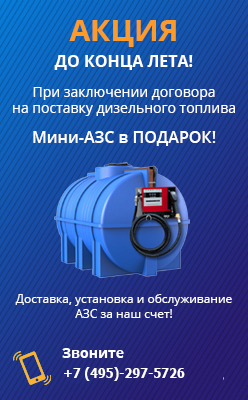Aviation Kerosene
- Main Page
- Products
- Kerosene
- Products


Kerosene

- AVIATION KEROSENE TS-1

- KEROSENE RT

- KEROSENE JET A-1

- KEROSENE TECHNICAL KT
Kerosene fuel is gotten as a result of refining or amendment of oil. It could be a combustible, sleek, clear fluid. The composition of the petroleum item incorporates sulfuric, nitrogenous and oxygen compounds, naphtha, fragrant, bicyclic, unsaturated hydrocarbons. Depending on the beginning parameters set up amid the refining prepare, lamp fuel is delivered with different operational, physical and chemical properties.
Types and technical characteristics of kerosene
There are several brands of aviation kerosene that differ in physical and chemical characteristics. The main varieties are described in GOST 10227-86 , which regulates the requirements for fuel for jet engines.
T-8V. Fuel also for the Air Force. Boil-off occurs when heated to 165-280 ° C.
Among the features of TS-1 kerosene are:
Application and storage of TS-1 kerosene
Many consumers buy TS-1 aviation kerosene in bulk. This allows fuel to be obtained at a lower price per ton than retail orders. At the same time, storing large volumes of fuel requires compliance with strict safety requirements. This fuel belongs to relatively low-hazard oil products, since its auto-ignition temperature is within 220 o C. At the same time, it will emit toxic vapors that can cause serious harm to health. Therefore, the room where fuel is stored must be equipped with supply and exhaust ventilation. It is not allowed to place next to it oxygen cylinders, containers with acids, strong oxidants and explosive liquids, sources of open fire.Kerosene RT
Is intended for kalilnyh and kerosene lamps, cutters, impregnation of dressed skins. When burning, it does not form sludge and soot. To improve the chemical-physical properties in the production of this kerosene, hydrotreating is used. Grades KO20, 25,30 are produced. Also there is a rocket fuel, used in combination with liquid oxygen at the lower stages of the launch vehicle. To achieve optimal performance, it is subjected to strong cooling.
Kerosene Jet A-1
Jet fuel or aviation turbine fuel (ATF, also abbreviated as avtur) is an aviation fuel designed for use in airplanes powered by gas turbine engines. It looks colorless to straw-colored. The most commonly used fuels for commercial aviation are Jet A and Jet A-1, which are manufactured to international standardized specifications. Utilized to grease up fuel frameworks in turbojet, turboprop motors of different air ship. It at the same time performs the work of the refrigerant. It has an expanded thermo-oxidative capacity, solidness, a noteworthy combustion temperature, resistance to moo temperatures, and has antiwear properties
Kerosene Technical KT
Used as a solvent / cleaner for washing machine parts or machinery in the processing, petrochemical industry, is a raw material for the production of aromatic hydrocarbons, propylene, ethylene. It is used for firing products made of ceramics, glass, porcelain. The product is of two brands: KT1 (sulfur content is less than 0.12%, t ° of the flash is 38 ° C), KT2 (sulfur is not more than 1%, t ° is 20 ° C).







